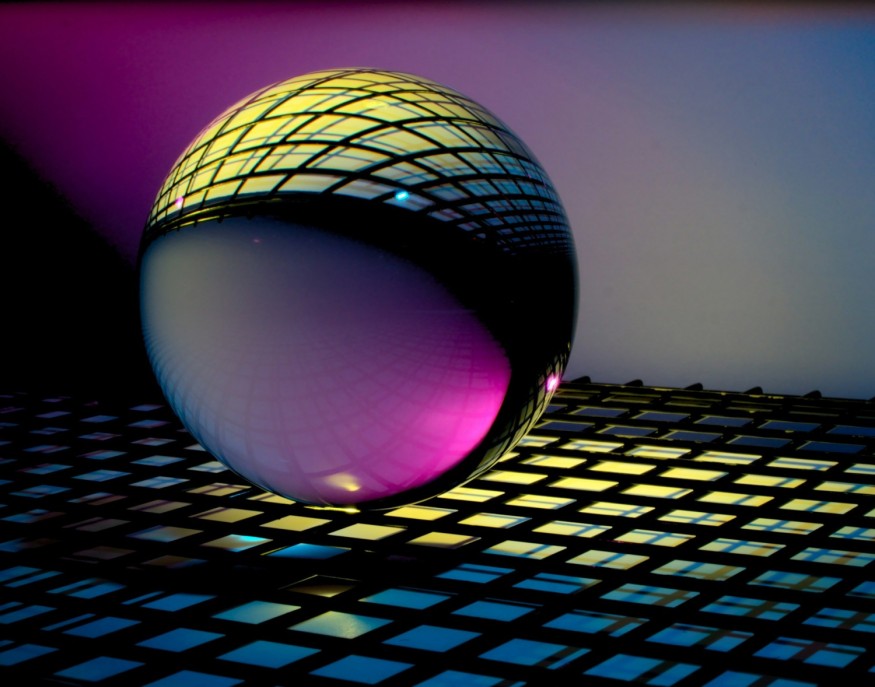A new cooling technique that uses a single species of trapped ion can potentially move quantum computing closer to practical applications.

Cooling QCCD Architecture
Excessive heat in a quantum charge-coupled device (QCCD) can adversely affect the fidelity of the quantum gates and introduce errors in the computing system. Traditionally, ion cooling for QCCDs involves using two different ion species. The technique includes cooling ions coupled to lasers of a different wavelength, which do not affect the ions used for quantum computing.
Aside from the lasers required to control the quantum computing operations, this sympathetic cooling method needs additional lasers to trap and control the refrigerant ions. Both of them result in increased complexity and slow quantum computing operations.
READ ALSO : Quantum Technology Set to Transform Cybersecurity, Provide Superfast Computing Capability
Innovative Cooling Technique
At the Georgia Tech Research Institute (GTRI), scientists have shown that they can cool a calcium ion by moving a cold ion of the same species into proximity. The result of their study is reported in the paper "Rapid exchange cooling with trapped ions."
The researchers discovered that rapid exchange cooling can be faster because transporting the cooling ions of two different species requires less time than laser cooling. This technique is also simpler since two other species must operate and control more lasers.
The movement of ions occurs in a trap maintained by controlling the voltages that create an electrical potential between gold contacts. Moving a cold atom from one part of the trap is comparable to moving a bowl with a marble at the bottom. When the bowl stops moving, the marble is expected to be stationary and not roll around in the bowl.
That is basically what the researchers are trying to do with the ions when moving the confining potential from one place to another in the trap. When they are done moving the confining potential to the final location in the trap, they do not want the ion to move around inside the potential.
Once the hot and cold ions are close, a simple energy swap happens, and the original cold ion can be split off and returned to a nearby reservoir of cooled ions. The GTRI researchers have demonstrated a two-ion proof-of-concept system, but this technique can also be applied to multiple computing and cooling ions and other ion species.
In evaluating the effectiveness of rapid exchange cooling, scientists were guided by simulations to predict the pathways the ions would take in their journey within the ion trap. Collaborators at Sandia National Laboratories designed the unique process of trapping ions. The research team used computer-controlled voltage generation cards to produce specific waveforms in the trap. It has 154 electrodes, of which the study used 48. The research occurred in a cryostat, maintained at 4 degrees Kelvin.
The GTRI experts have not yet built a QCCD that applies their cooling technique, although this could be a future step in the research. In the coming years, the research team plans to accelerate the cooling process and study its effectiveness at cooling motion and other spatial directions.
RELATED ARTICLE : Two Time Crystals Connected, Apparently Strange Systems for Construction of a New Type of Quantum Computer
Check out more news and information on Quantum Computing in Science Times.
© 2025 ScienceTimes.com All rights reserved. Do not reproduce without permission. The window to the world of Science Times.












